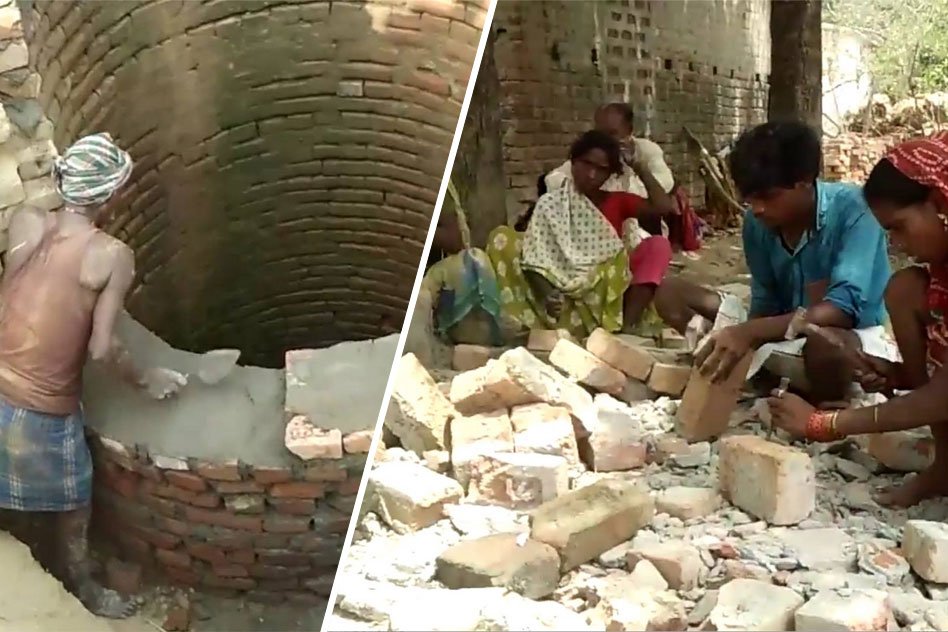
As Pleas Failed Into Deaf Ears Of Local Administration, Villagers Collects Money To Repair Its Own Well
23 Sep 2016 2:04 PM GMT
In the year 2014, Sahuja Devi, a resident of Bihar would worry about the depleting water in the community well every morning. The government well, the only source of water in Kailashpur village had been lying in a dilapidated condition for two years and would soon crumble. “We requested the authorities for over two years for repair the well and the handpump, but they kept putting it off for a tomorrow that never came,” Sahuja Devi had told video volunteers Community Correspondent Amit Kumar that time. The lack of support from the administration was frustrating the residents, for the well provided for their daily requirements of the household – from drinking to washing.
Under the Sustainable Development Goals, India aims to ensure access to water and sanitation for all in India by the year 2030. But, the local administration was least concerned about these ‘goals’ in spite of the applications by residents for two years, requesting the repair of the well.
However, the repeated urges proved futile in Kailashpur, as the residents waited two whole years before taking matters into their own hands. The 30 houses of the village decided to put in INR 100 each to create a fund for the repair. Together they all collected almost INR 3,000 which was directed towards repairing the well.
Brick by brick they built the well with their own hands. “We did all the labour and repaired the well. The women and men together, dug up the well and laid the bricks,” Mansi Devi proudly tells Amit. Today, due to their own initiatives the Kailashpur residents can finally have access to drinking water.
While this is an inspiring story, under the law, the well should have been repaired by the local administration under the Centrally Sponsored National Rural Drinking Water Programme (NRDWP) Scheme.
The scheme was allocated a whopping budget of INR 2611 crore in the 2015-16 Union Budget of India. The budget is to assistance to States/UTs for providing water coverage of all rural habitations, including operation & maintenance of existing rural water supply schemes.
The budget has also specifically earmarked INR 836 crores for meeting expenditure on Scheduled Caste Sub-Plan and Tribal Sub-Plan respectively, to ensure water reaches these areas. But the lack of supervision of the local administration and poor documentation has formed a lacuna in the system.
Originally published on videovolunteers
 All section
All section













